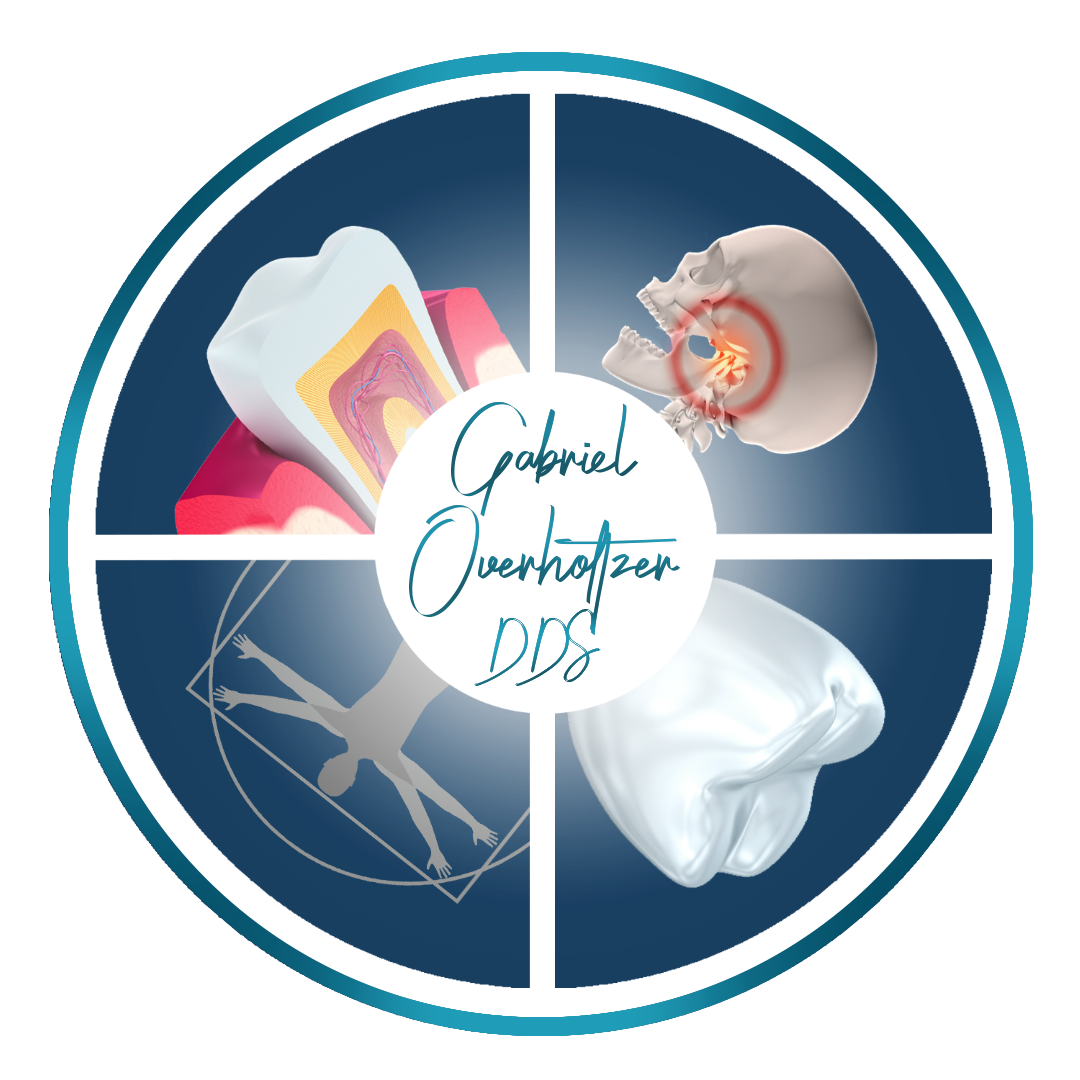Sedation dentistry has revolutionized the dental experience for individuals who face anxiety or apprehension when visiting the dentist. This approach incorporates various elements to ensure patients feel comfortable and relaxed during dental procedures. In this article, we will explore the key components of sedation dentistry, shedding light on what patients can expect when choosing this option for their dental care.
Assessment and Evaluation
The process of sedation dentistry begins with a thorough assessment and evaluation of the patient’s medical history and dental needs. This step is crucial to determine the most suitable type and level of sedation for the individual.
Types of Sedation
Sedation dentistry offers several types of sedation, each catering to different levels of anxiety or discomfort:
– Oral Sedation: This involves taking medication by mouth, typically in the form of a pill. It induces a mild to moderate level of sedation and relaxation.
– Nitrous Oxide (Laughing Gas): Administered through a mask, nitrous oxide provides a gentle level of sedation that wears off quickly after the procedure.
– Intravenous (IV) Sedation: Administered through a vein, IV sedation offers a deeper level of sedation and is often used for more complex or lengthy procedures.
– General Anesthesia: Reserved for the most profound level of sedation, general anesthesia renders the patient unconscious and unaware during the procedure.
Monitoring and Safety Measures
During the dental procedure, the patient’s vital signs, such as heart rate and blood pressure, are closely monitored to ensure their safety and well-being. The dental team is trained to respond to any unexpected developments swiftly.
Patient Comfort
Creating a comfortable and stress-free environment is a fundamental aspect of sedation dentistry. This includes ensuring that the dental office is welcoming and that the patient’s comfort and relaxation are prioritized.
Pain Management
In addition to sedation, pain management is an integral part of the process. Local anesthesia is often administered to numb the specific area being treated, ensuring that the patient remains pain-free during the procedure.
Post-Procedure Recovery
After the dental procedure is complete, the patient is monitored as they recover from the effects of sedation. Depending on the type of sedation used, patients may need some time to fully regain their alertness before leaving the dental office.
Conclusion
Sedation dentistry Bishop CA at Skyline Family Dental – Gabriel Overholtzer DDS encompasses a range of elements designed to provide a stress-free and comfortable dental experience for patients who may experience anxiety or fear. These elements include a thorough assessment and evaluation, various types of sedation (oral, nitrous oxide, IV, general anesthesia), monitoring and safety measures, a focus on patient comfort, pain management, and post-procedure recovery.
Patients considering sedation dentistry should discuss their concerns and preferences with their dental provider. Together, they can determine the most suitable type and level of sedation for the patient’s specific needs. Sedation dentistry has empowered countless individuals to seek the dental care they require, ensuring their oral health and overall well-being while alleviating dental anxiety and discomfort.
